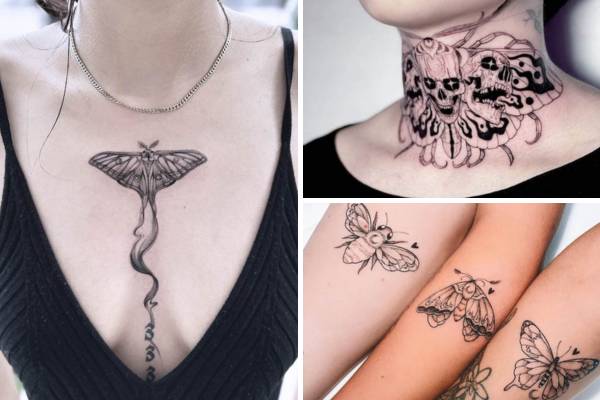The captivating history and symbolism behind silver skin tattoo
– Tattoos go through multiple stages in the healing process
– First stage involves covering the tattoo with a barrier protection to prevent infection
– After a few hours, the tattoo should be washed with warm running water and unscented soap
– Second stage occurs a couple of days later, when the skin forms a light scab
– It is important not to scratch the scab to avoid damaging the tattoo
– Moisturizing with cocoa butter or Aveeno can help with the itchiness
– Third stage happens after about 10 days, when the scab comes off and the tattoo enters the silver skin stage
– At this point, the tattoo is essentially healed but still needs care to avoid damage
– Fourth stage is the longest and involves the tattoo gradually returning to normal skin
– It takes about 6 months for the tattoo to fully heal and return to normal
– Redness after getting a tattoo should go away slowly. If it doesn’t, the tattoo may be inflamed and consultation with a tattoo artist is recommended.
– A tattoo may itch as the skin heals, but scratching should be avoided. Applying a thin layer of tattoo healing cream can provide relief.
– Friction should be avoided during the healing process as it can damage scabbing and interfere with healing.
– Bathing should also be avoided during the scabbing phase to prevent the scabs from softening and bacteria from entering the wound.
– Swimming, bathing, and direct sunlight should still be avoided as the lower layers of the skin are still healing and the new protective skin doesn’t cover the entire tattoo yet.
– After about 3 weeks, the scabs should have fallen off completely and a layer of skin called “silver skin” will appear, making the tattoo look shiny and dull.
– After the tattoo is fully healed, the brightness will return, and swimming and bathing can be resumed.
– Physical exercise is not recommended immediately after getting a tattoo to prevent injury to the scabs. Light activities like cycling can be done after a couple of weeks, as long as the tattoo is not stressed too much.
– Direct sunlight should be avoided even after the upper layers of skin have healed, as the thin layer of skin cannot protect the tattoo colors.
– Once the upper layers of skin have healed, exercise can be resumed.
– After about a month, the tattoo will be healed and the colors will have become part of the skin.
– The underlying skin layers (dermis) will still take time to fully heal and absorb the color.
– Special care is no longer needed for the tattoo, but applying tattoo cream and avoiding skin damage is recommended.
– After about a month, activities like going to the sauna, swimming, and sports can be resumed.
– The tattoo should be covered or protected with sunscreen when exposed to the sun.
– After 6 months, the tattoo will be completely healed in all skin layers and the color will be fully absorbed.
– Regular aftercare is necessary for hydrated skin and vibrant colors.
– Fine lines may get thicker and dots may sink and blur over time.
– The tattooed skin can react like the rest of the skin, and activities like swimming and exercising can be done.
– Using sunscreen with a high SPF on the tattooed area is important to protect the tattoo from the sun and maintain its vibrancy and color intensity.
